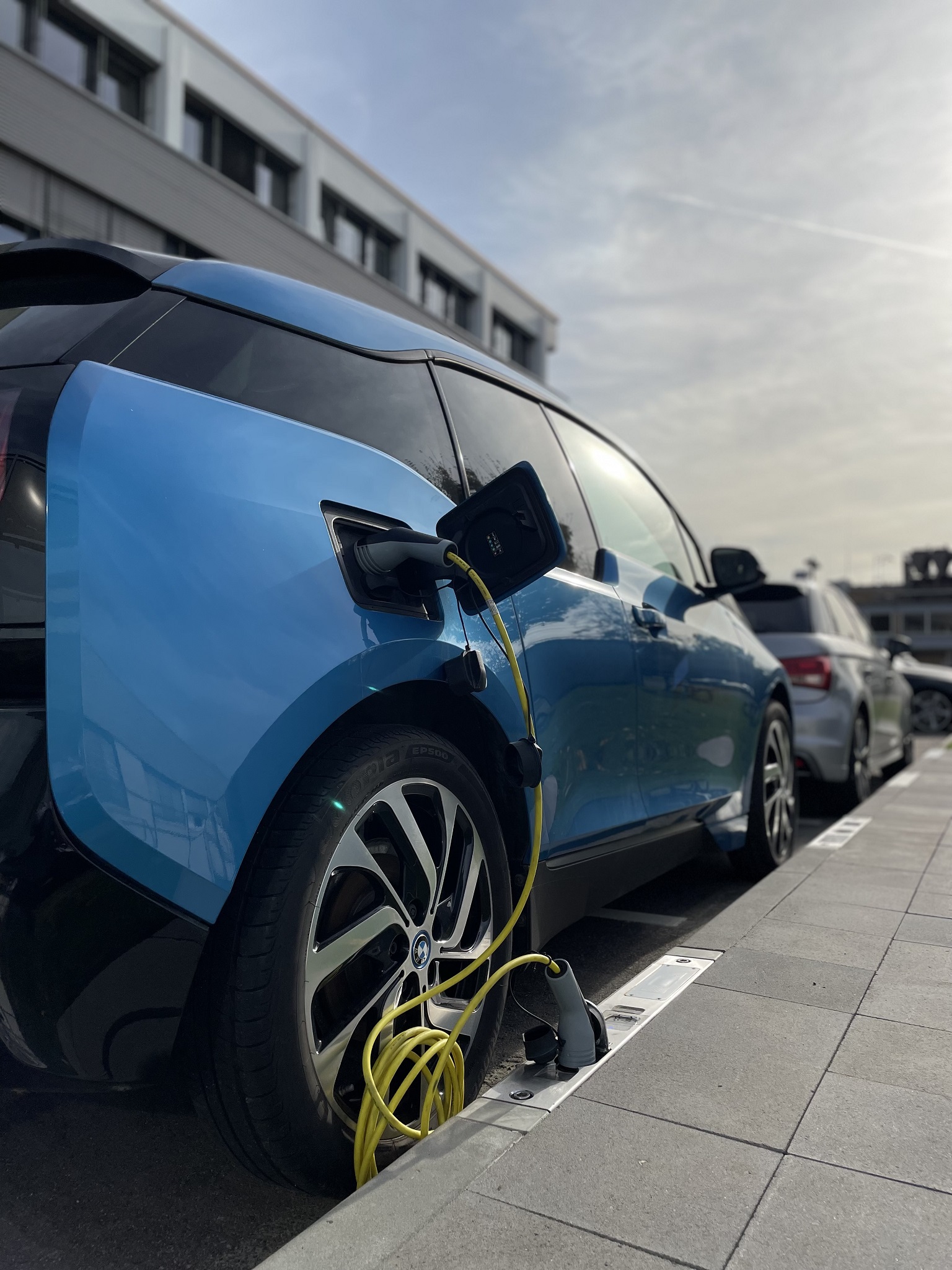 Rheinmetall Ladebordstein. Foto: Rheinmetall
Rheinmetall Ladebordstein. Foto: Rheinmetall
The Düsseldorf-based technology group Rheinmetall has presented a novel charging solution concept for electric vehicles, which we took a closer look at in the current issue of eMove360° magazine in german language (download PDF): The Rheinmetall charging kerbs blend almost invisibly into the cityscape and offer ways to solve the challenges of existing charging systems – such as high space requirements, low point density, deterioration of the cityscape and high costs. In contrast to other charging solutions on the market, Rheinmetall’s development focuses on the upgrading and intelligent use of existing urban infrastructure. By integrating charging electronics into a kerbstone, the kerbstone effectively becomes a “charging column”, without, however, causing the restrictions associated with a charging column for other road users. Furthermore, electric vehicles can be charged directly at the kerb without having to lay long cables across pavements.
The Rheinmetall system contributes a solution to the great challenge of providing sufficient opportunities for charging electric vehicles, especially in inner cities and conurbations. It was developed under the premise of reducing the interference with public space to a minimum.
Background: Even at the beginning of the electromobility boom, many cities and municipalities hardly know how to provide sufficient space for the installation of charging infrastructure – accordingly, the Federal Government’s Master Plan Charging Infrastructure II of October 2022 sees a strong need for action here. Especially in inner-city areas, free spaces are scarce, so that the construction of new infrastructure is very often only possible at the expense of other stakeholders in the road space. For many consumers, on the other hand, switching to larger (fast) charging parks on the outskirts of the city is out of the question, particularly for reasons of time and cost. This poses the risk that the ramp-up of electromobility in urban areas will stall before it has really begun.
Over the past few months, a team from the Rheinmetall Technology Center has been working intensively on a solution to upgrade existing urban infrastructure without having to accept restrictions in charging point density, as is the case with lantern chargers, for example. The result is a modular charging kerb that enables up to 22kW AC charging and can be integrated into existing backend systems or existing charging system structures via Open Charge Point Protocol (OCPP).
During development, great importance was attached to easy retrofitting and maintenance. This makes it possible to prepare entire streets or car parks for the integration of charging kerbs and to enable scalability at a later date. By preparing or developing larger areas, synergies can be achieved with regard to planning, permits, construction measures, etc., in order to reduce installation costs. Synergies can be achieved to reduce installation costs. For this purpose, so-called dummy curbs are installed at the desired charging locations. The electronic module is retrofitted as soon as the local demand is sufficiently high due to the increase in electromobility. The retrofitting can be carried out in a few minutes – as can maintenance, for which the electronic unit can simply be removed. The systems are designed for the environmental conditions in the road space to ensure a long service life.
In addition to charging at the roadside, other possible uses can be addressed. From charging at the employer’s premises to outdoor parking spaces at single or multi-family homes to business car parks, the system provides the necessary functionalities to enable the user to charge easily, quickly and conveniently. The systems are currently undergoing extensive long-term tests before they are used for the first time in a pilot project in public spaces. www.rheinmetall.com